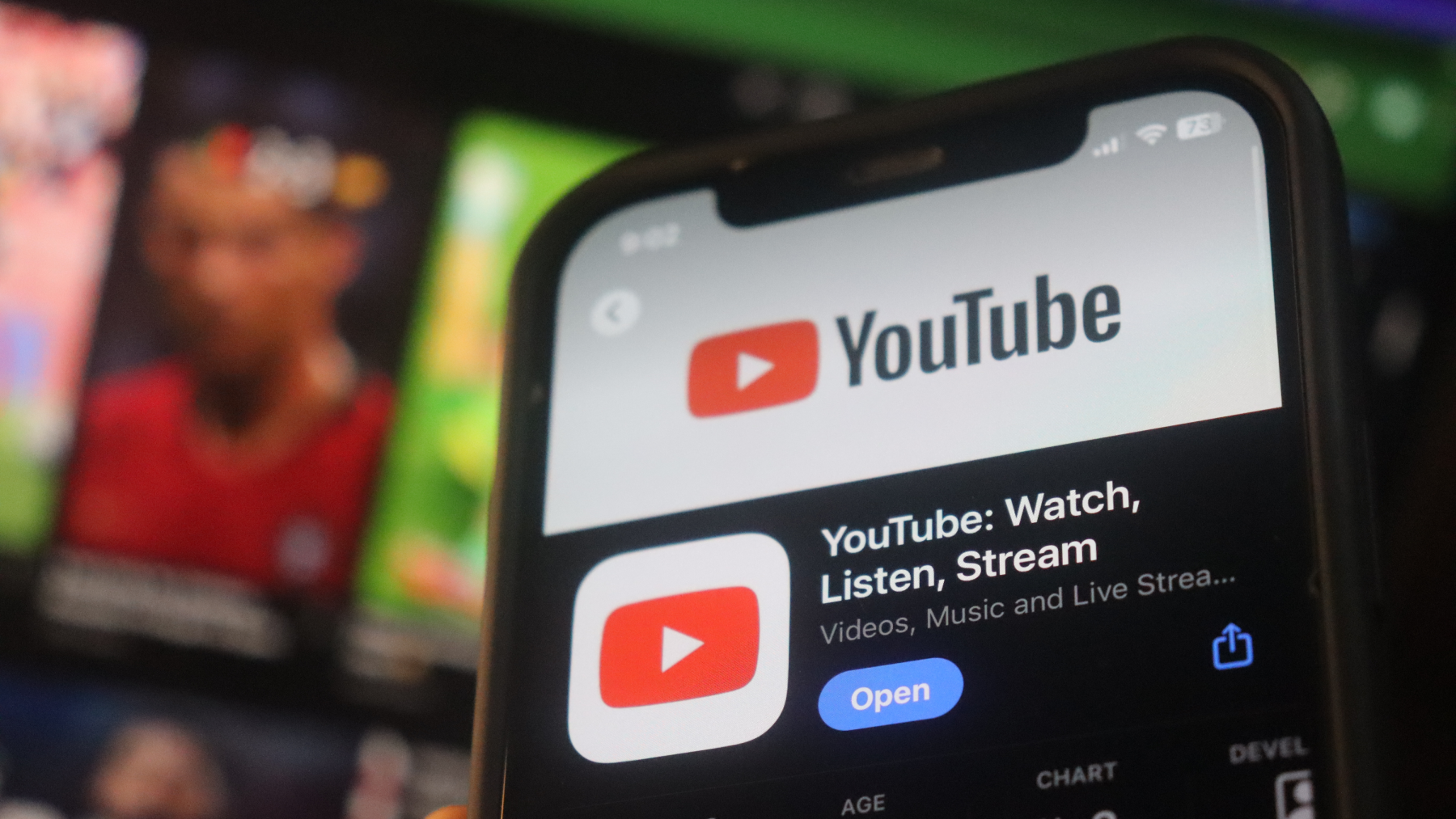As technology continues to evolve, so does how people can manipulate media. Deepfakes, particularly those altering faces and voices, have become a significant concern due to their potential for misinformation.
In response, YouTube is rolling out tools designed to detect these advanced fabrications and protect creators and viewers from the harmful effects of such manipulations.
Read also: X offers new TV app for seamless video watching
Understanding deepfakes
Deepfakes use artificial intelligence (AI) and machine learning (ML) to create realistic images, videos, or audio that appear authentic but are entirely fabricated. While some deepfakes are harmless or used for entertainment, others can be misleading, damaging reputations, or spreading false information.
YouTube’s fight against deepfakes
To counter this, YouTube is already preparing itself for the incrementing problem by implementing new artificial intelligence, which means recognising face and voice deepfakes.
Uploaded videos will be analysed for manipulations to identify videos which have incorporated synthetic media into them. The goal here is to give creators and viewers more choices and options and vouch for the content posted on the platform.
The tools will employ complex AI computing methods to read the videos and the companion audio streaming, detecting synonyms between the actors’ facial expressions, lip movements, and vocalisations.
Read also: What Can Players Expect from Romance and Intrigue in Dragon Age?
If the system identifies a deep fake, YouTube will inform the video’s owner and block the ad revenues that the video can generate. This means this technology should be strong enough to counter the constant upgradation of the sophistication of deep fake videos.
For the creators, such tools could act as protection, guaranteeing that one’s image and work would not be used in creating dangerous deepfakes. Conversely, the audience will gain the advantage of being confident that the videos they watch are not fake news.
As much as the detection tools are prestigious achievements for YouTube platforms, the struggle against fake media isn’t over. As deepfakes become more advanced, it is essential to note that ongoing work, constant innovation, and improvement of the detection methods will be critical.
YouTube’s efforts to tackle the challenge of deepfakes reflect a broader trend in tech companies taking responsibility for the integrity of the content on their platforms. By introducing these tools, YouTube is leading the charge in ensuring a safer and more authentic online experience.
















